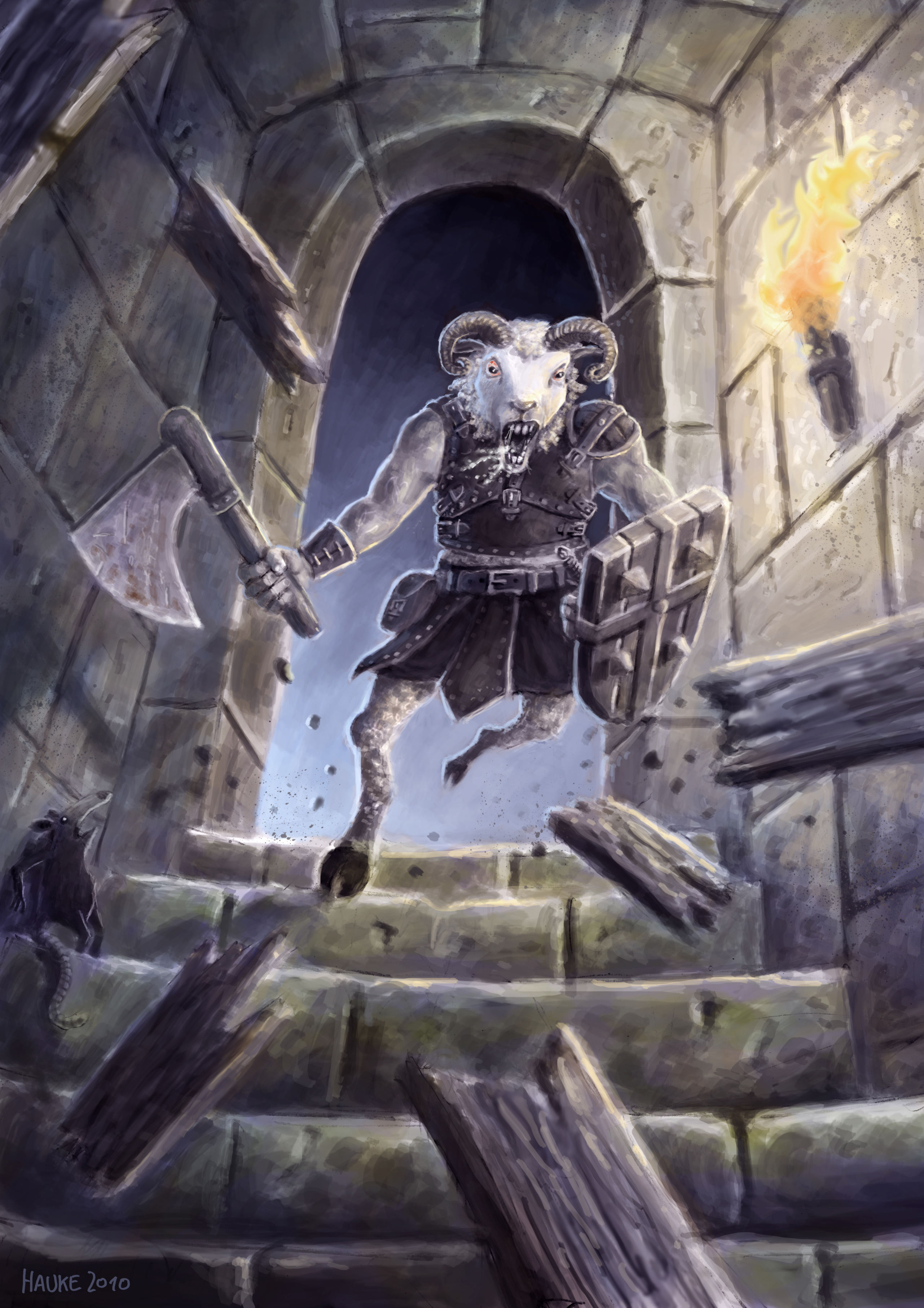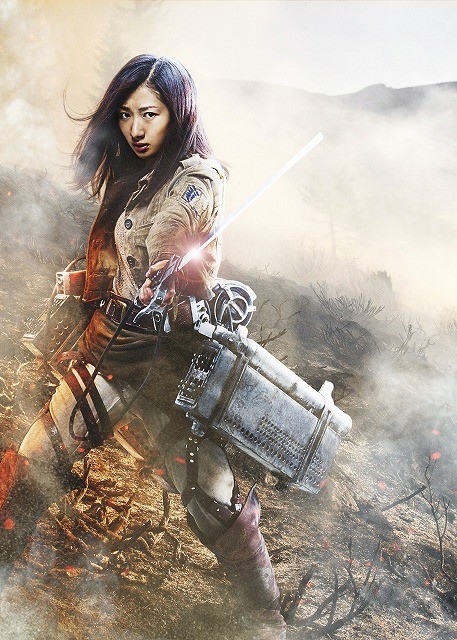 This guest post is from Chris Tregenza, the creator of the 6d6 RPG, and helps game designers get the most out of free art for their RPGs. Previously, Chris wrote 4 great places to get free art for RPGs which is a good companion piece to this post.
This guest post is from Chris Tregenza, the creator of the 6d6 RPG, and helps game designers get the most out of free art for their RPGs. Previously, Chris wrote 4 great places to get free art for RPGs which is a good companion piece to this post.
The 6d6 Core 2nd edition is available at DrivethruRPG and uses Creative Commons material itself.
It may look like the internet is awash with art and photograph just waiting to be used for free in your RPG book but it is not that easy. Assuming you wish to produce a professional (or at least semi-professional) book there are things you need to know before downloading your chosen images.
#1: Get to grip with the copyright laws
It is dull and obvious but if you wish respect artists’ legal and moral rights over their work, you need an understanding of how copyright law, Creative Commons’ licensing and the public domain interact. The bad news is that this is hugely complicated and varies depending on many factors including in which country you are publishing your book but if you wish to use free art in your RPGs without making expensive mistakes you need this knowledge. Get onto Google and look up the many different guides and information sources available on this topic. You don’t need to be an expert but some understanding is essential.
#2: Understand what you need
Do you know how your RPG book will be printed? Is it something you are quickly putting together for your own gaming table or will it be fighting for shelf-space with the best books in the business? The answers have a huge impact on the type, size and quality of the free art you need. Finding 72 dpi images good for PDFs is a lot easier than 600 dpi images suitable for high quality full colour printing. Take time to work out what you need before wasting hours on images which are too small, contain too many colours or are simply the wrong shape to fit on your page.
#3: Examine where you found it
Well done. You have just found the perfect free art for your RPG. It is a glorious professional high-resolution image which must of taken the artist days of work to produce.
Stop. Rewind.
Very few professional artists release free art. What makes an artist professional is that they get paid for their work so releasing it for free (especially in high enough quality to be useful in print) is rare. Unfortunately there are people who will take other people’s art and post it on their blog, social media or Flickr account as Creative Commons or public domain works.
When gathering your free RPG art be suspicious and examine where you found it. Was it the artist’s own website or was it an anonymous account on Flickr? Question the image’s source using skepticism and common sense. The more professional looking (i.e. the more amazing) the image and the more modern the image appears to be, the less likely it is truly free to use.
#4: Keep track of where you found it
Most Creative Commons licenses require the original artist to be credited when they are used. It is also good practice to double check the licensing of an image before actually going to print with your RPG book. These are just two reasons why it is important to keep track of where you found your free RPG art. The easiest way of doing this is by renaming the file with elements of the original URL.
For example, this url points to an image used on the cover of the 6d6 RPG –
https://www.flickr.com/photos/fractal_ken/3358035352/
and this is the file name on my local hard drive –
flickr_fractal_ken_3358035352.png
It is made up of the web site, ‘flickr’, the account name, ‘fractal_ken’ and the reference number for the image, ‘3358035352’. To find the source of the image, I just need to Google for ‘flickr fractal_ken 3358035352’ and image’s source is the first result.
Take it from someone who has published 10 RPG books containing free art, renaming files in this way will save you countless hours of frustration. There is nothing worse than having the perfect art but being unable to use it because you have lost the details of where you found it.
#5: Be Inventive
Using free art in your RPG is a lot like scavenging, you have the make the best of what you find. Setting out to find a free image of an orc cutting a goblin in two with a great sword is like a desert island castaway setting out to find a specific flavour of ice cream. Instead you need to have a very broad idea in mind, e.g. something dramatic or gory, and search for images which fit in that concept.
The other issue you will face is how to handle the wildly different styles of art. Unless you are phenomenally lucky your art will come from a number artist and like a hut made from driftwood, the end result can be ramshackle and disjointed. To make your RPG book look professional when using free art requires using the images in inventive ways. Focus on making the variety of styles a feature of the book, not a flaw. Often a quality over quantity approach helps and use only the very best images you can find.
Your beachcomber’s hut will never look like the mansions produced by WotC and Paizo but you can still create a beautiful and much loved home.
#6: Ask
If you find a piece of work you wish to use but it is not free-to-use, then try asking the artist for permission. Many artists and photographers who create great images are not full time professionals. Often it is a hobby or for something they do just for beer money but they still keep their work under full copyright protection. They may be delighted just to see their image in print and will let you use their work in return for a copy of the finished book.
But there are a few important things to remember when asking.
- Be honest and tell the artist how copies you expect to produce and how much money you expect to make.
- Don’t patronise the artist by offering them ‘exposure’ or publicity. Not only is this worthless bullshit but they are the ones doing you a favour, not the other way round.
- Don’t be surprised when they say no and when they do say no, accept it gracefully. It is their artwork and they get to choose who uses it.
Chris Tregenza is author of the 6d6 RPG. It is published under the Creative Commons (CC-BY-SA) and uses CC or public domain artwork throughout.
Image credit: Sheeple by Schaaka / Plastic Ninja.

